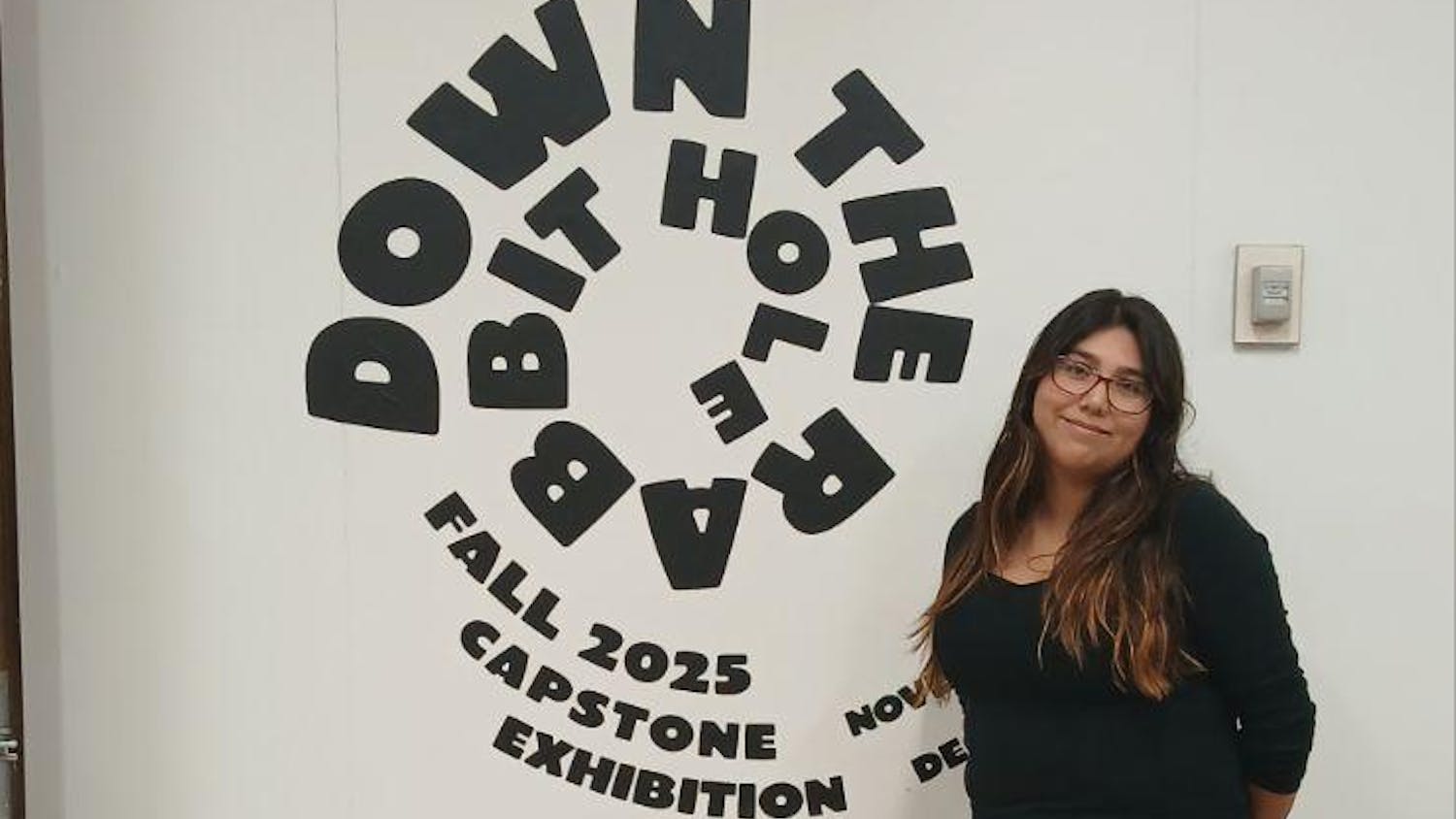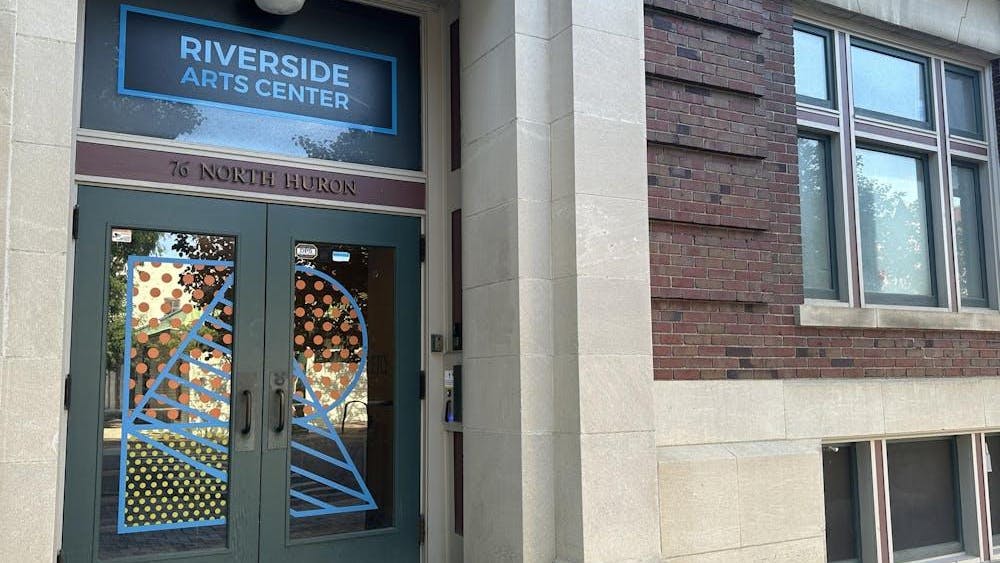What do the Big Dipper and fireflies have in common?
For those living in urban and suburban areas, sightings of either have likely become quite rare. The reason is light pollution, which happens when man-made light sources such as streetlamps and vehicle headlights fill the night sky.
“This is a serious problem for the entire environment," astronomy expert Sally Oey said.
Oey, a University of Michigan professor, spoke to the Washtenaw County Environmental Council in February 2024 about the dangers of light pollution and solutions the county can take to ameliorate this issue.
Light pollution is “light that is not being directed entirely to its intended purpose," Oey said.
This results in excess light spreading through the atmosphere, an effect that is increasing at an exponential rate of approximately 10% a year.
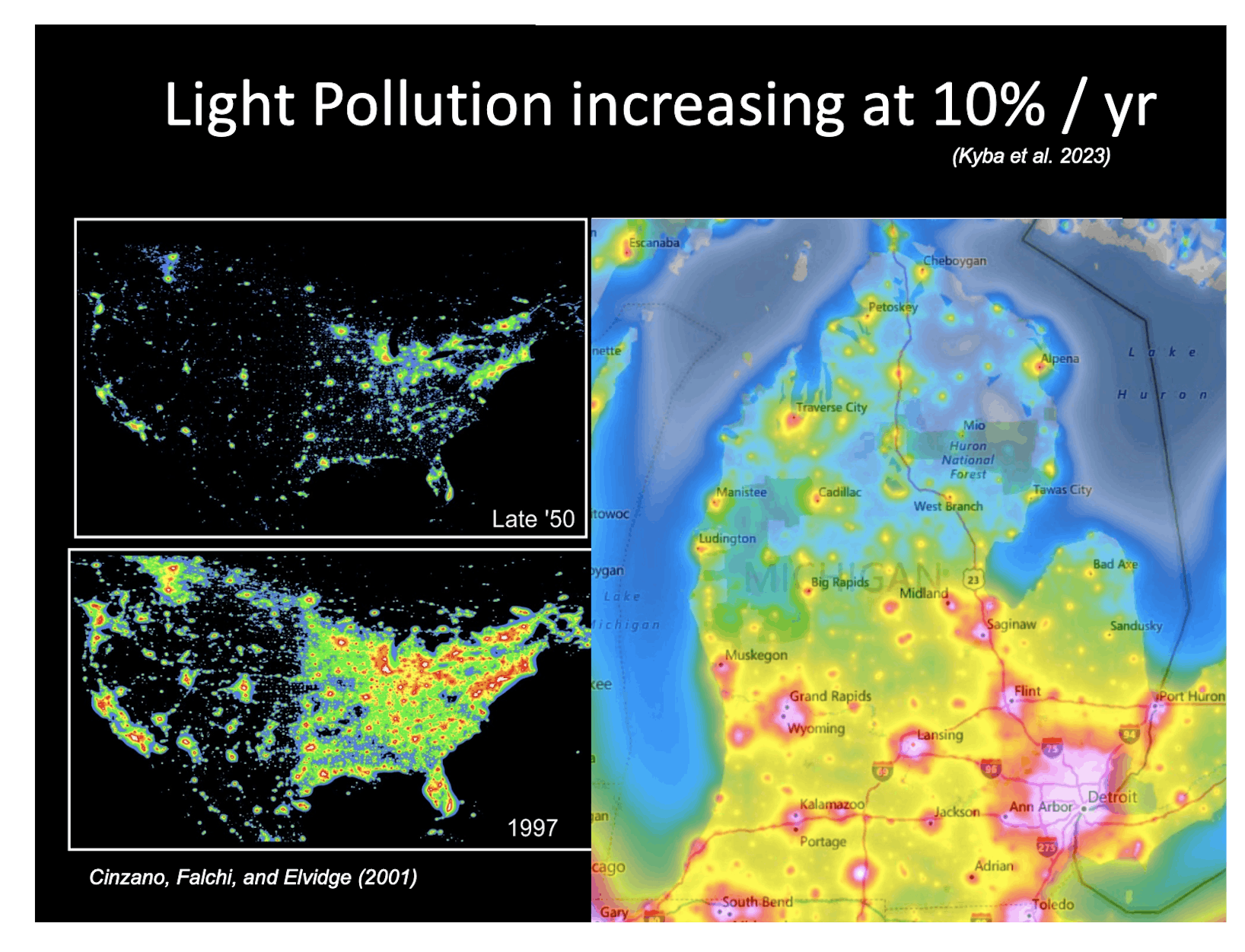
Oey said there are three different categories of light pollution: glare, light trespass and sky glow.
Glare occurs when excessively bright lights contrast a dark background, an experience many are familiar with driving on the highway at night. Vision is drastically impaired by glare, as well as by light trespass, which is when light goes over property boundaries. An example of light trespass is when streetlamp bulbs emit light beyond the downward direction of the lamp. Sky glow is the result of glare and light trespass, which is the overall lack of visible dark skies.
Oey said it can be safely assumed that most people would prefer to walk at night under streetlamps, as it allows us to see what the night sky cannot illuminate and ultimately makes us feel safer. However, she said an increase in artificial light can impair our vision at night. Due to light trespass, the spreading of light beyond its intended direction creates pockets of deep shadows.
This effect of over-illumination can, Oey said, “enhance one’s vulnerability.”
“No one is suggesting that the lights should all be turned off, but rather that the lights should be directed where they are intended. More light is not necessarily safer,” she said.
While over-lighting can impair our vision at night, medical studies indicate that the way we handle nocturnal illumination also severely impacts human health.
Health concerns
“When the night is artificially brightened, it interferes with melatonin production, which is an important hormone that controls your sleep cycles," Oey said.
A 2016 report by the American Medical Association revealed that the disruption of one’s circadian rhythm was found to put humans at risk of cancer, diabetes, cardiovascular disease, obesity and Alzheimer’s.
While human health was found to be at risk, the effects of light pollution also affects surrounding wildlife.
“One can imagine that if people have their sleep disrupted … animals have the same problem, and we’re causing that for animals,” Oey said. Artificial light "is an existential threat to the nocturnal ecosystem.”
One animal species that is highly affected by light pollution is birds. Birds are colliding into buildings at night at an increasing rate.
“This is believed to be caused in part by artificial lights because many birds navigate by the light of the stars and the moon," Oey said. "This is especially a problem during migrations.”
Building collisions are believed to be the number two cause of bird deaths.
“Up to a billion birds are killed annually in North America … and about 25% of species have declined in a really precipitous manner over the last 50 years or so," Oey said.
Apart from birds, Oey said other forms of life affected by light pollution include bats, salmon, plants, and insects such as fireflies.
“40% of insect species are now threatened,” Oey said. “Even deciduous trees are affected; they don’t know when to drop their leaves and this stresses them out.”
She also said that because nocturnal pollinators such as bats are at risk due to light pollution, the concern circles back to human health risks as it can also affect our food security.
“The nocturnal ecosystem is one part of the entire ecosystem,” Oey said. “Thus, if we are threatening existentially the nocturnal ecosystem, we are threatening the entire ecosystem.”
Physically, light is a form of energy. Oey said. “Any light that is not being used is actually a waste of energy.”
Dark Sky International, the leading organization advocating for dark skies, performed research that found approximately 35% of light is wasted at night, which corresponds to roughly three million cars worth of annual carbon emissions. Oey is a member of the group.
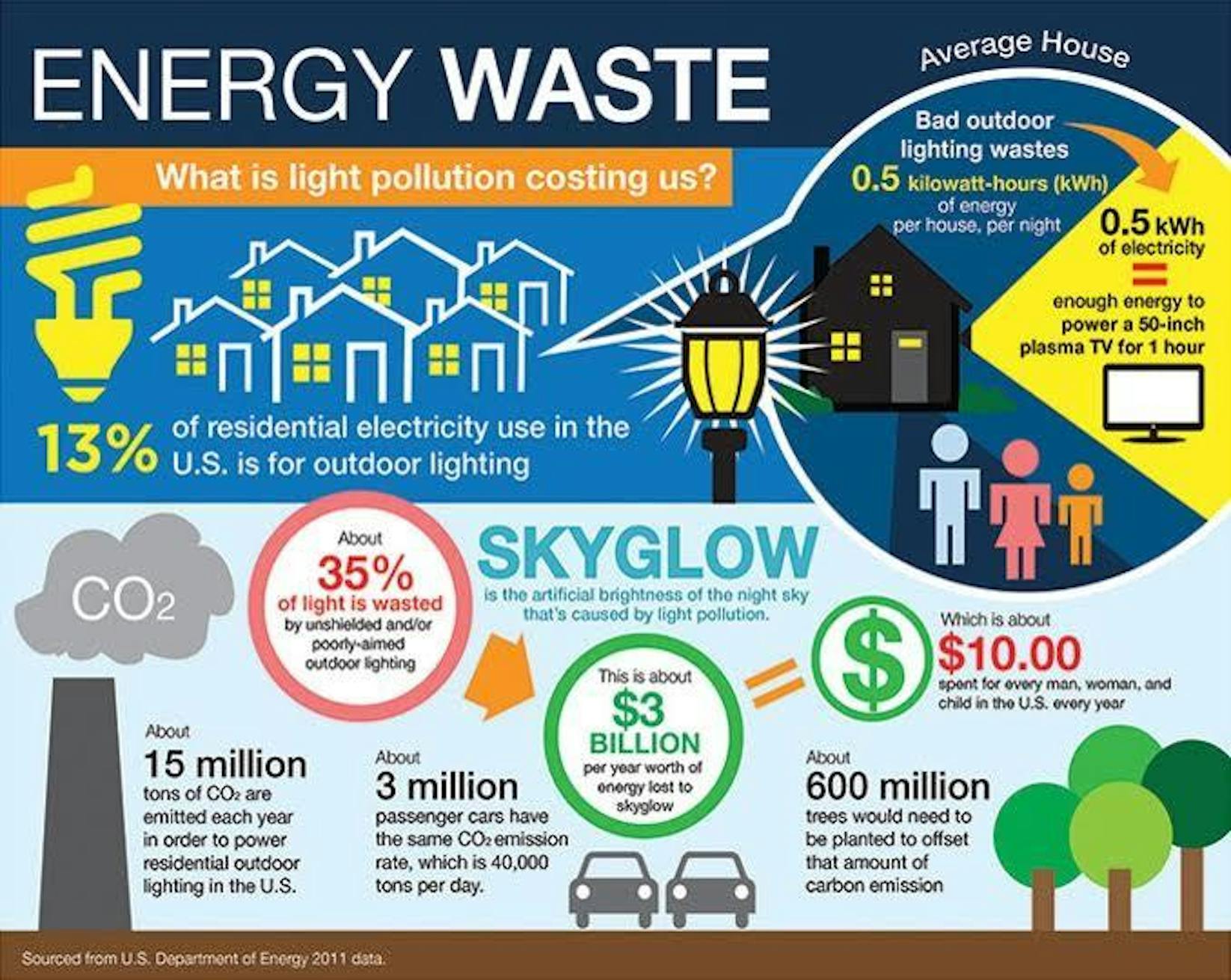
While the detrimental effects can be harrowing, Oey said Michigan has already taken large strides in combating light pollution.
“Michigan is one of the few states east of the Mississippi [River] that actually has some natural dark sky,” Oey said. “Many people in Michigan are relatively aware of dark skies and light pollution, which makes us uniquely positioned to try to continue to raise awareness and do whatever we can to preserve what’s left of the dark sky.”
Michigan is home to several dark sky parks including the Lake Hudson Recreation Area in Lenawee County, the first in the nation.
Creating dark skies
Oey addressed ways Washtenaw County can assist in continuing the positive steps already taken in tackling the effects of light pollution.
“We want to follow these four steps: We want to light only what is needed, no more than needed, only when needed, and no bluer than needed,” she said.
“No bluer than needed” refers to decreasing the amount of blue light emitted from LED lights.
“These new LED lights that are wonderful at saving energy tend to, because of the way that they are manufactured, have a lot more blue light in them,” Oey said. “Blue light scatters more strongly, therefore spreading light pollution.”
While Oey called for the removal of LED lights and replacing them with lights that emit more natural, amber colors, she also asked the council to invest in shielding for outside lighting sources which would reinforce the intended direction of the light.
“Shielding is extremely important for enhancing visibility and preventing light pollution,” she said.
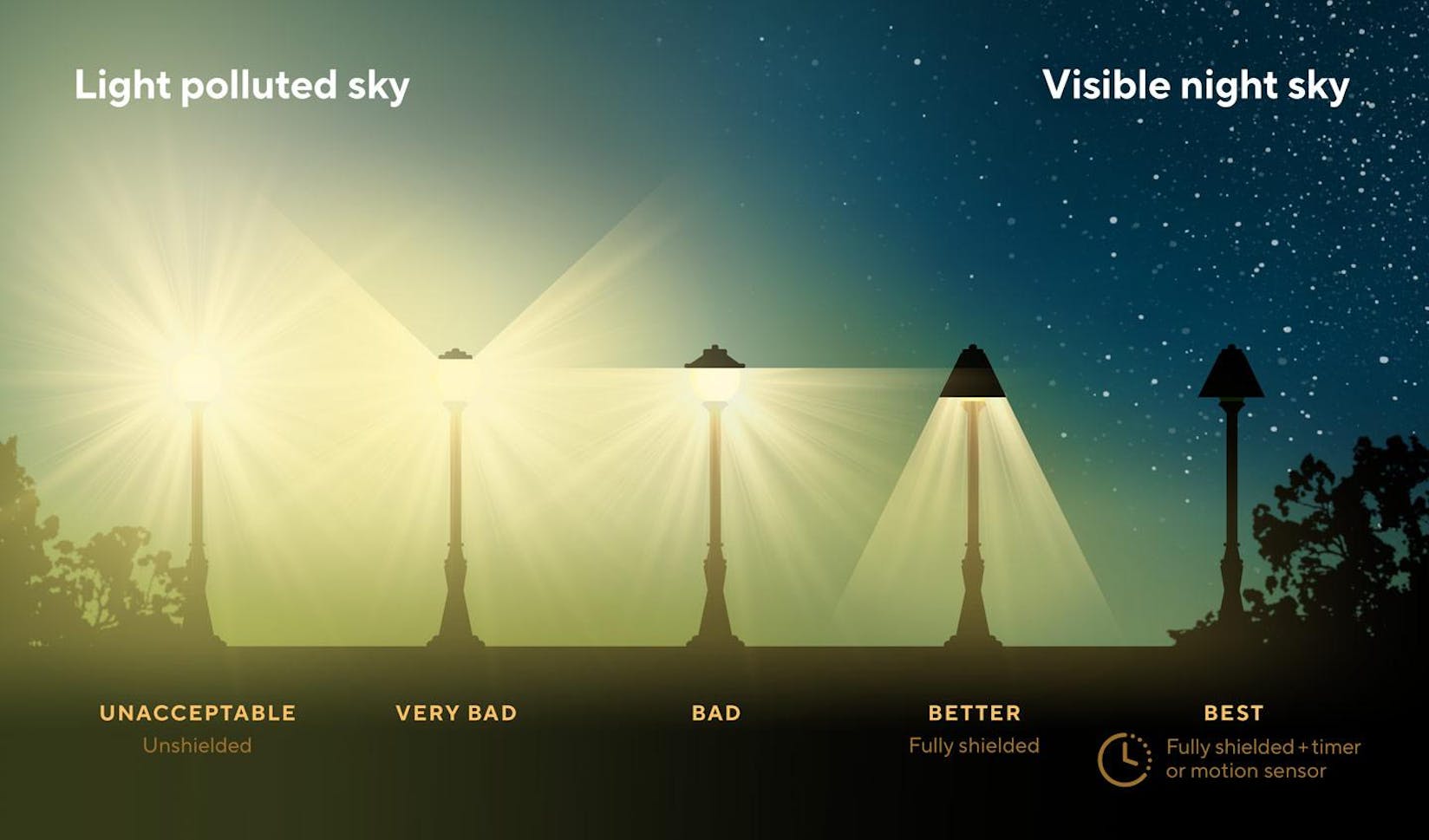
Oey finished her presentation by addressing energy consumption rates, stating that when a resource becomes cheaper and more efficiently produced, it often doesn’t necessarily decrease the amount used. Regarding light consumption, cheaper lighting costs have contributed to an exponential increase in consumption.
“Government leadership is important in leading the way to save energy and save money," Oey said.
Resilient Washtenaw Plan
After Oey, Ann Arbor Environmental Commissioner, John Mirsky, referred to the county’s current Resilient Washtenaw plan and introduced ideas he and Oey hope the council will incorporate to help combat light pollution.
Currently, Washtenaw County has six aspects to the plan: Racial equity and environmental justice, support public health, just transition, resilient economy, community support and partnership, and high communication and engagement.
Mirsky said that although all aspects of the plan can address light pollution, the more prominent aspects are racial equity and environmental justice, support for public health, and a resilient economy.
“Certain disadvantaged populations are the ones that bear the brunt of a lot of our environmental impacts, so what we’re suggesting here aligns very much with the mission of the commission and aligns with the Resilient Washtenaw plan,” Mirsky said.
Mirsky went on to describe dark sky-compliant criteria to the council, which includes six principles. The first is fully shielded light fixtures.
“We want to see light directed where it is needed so as to not pollute the environment and cause problems where it is not needed,” Mirsky said.
The second is no light trespass at property lines. While Mirsky recognized that homeowners have a right to light their property as they see fit, he addressed the need to enforce deterring unnecessary and excess light that exceeds property lines.
The third is hours of operation, which Mirsky described as recognizing when street and city illumination is not necessary, and encouraging enforced hours in which certain lights should be turned off.
The fourth is brightness limits, which address the unnecessary usage of bright canopy and parking lot lighting when not in use at night.
The fifth is warm colors.
“These are the yellow lights as opposed to the blue lights,” Mirsky said, “And what we want to see are warm colors which do not disrupt individuals or the environment to the same degree.”
The sixth is when lighting needs to be replaced, the budget includes provisions to allow the upgrades to adhere to the dark-sky compliant criteria.
Mirsky concluded his section of the presentation with an overall call for the council to help raise public awareness and promote dark sky practices across the county.
To get involved in dark sky advocacy, visit darksky.org and sites.lsa.umich.edu/darkskies for more information.


